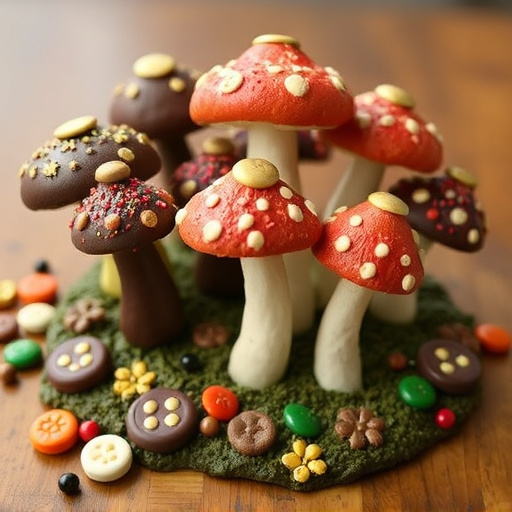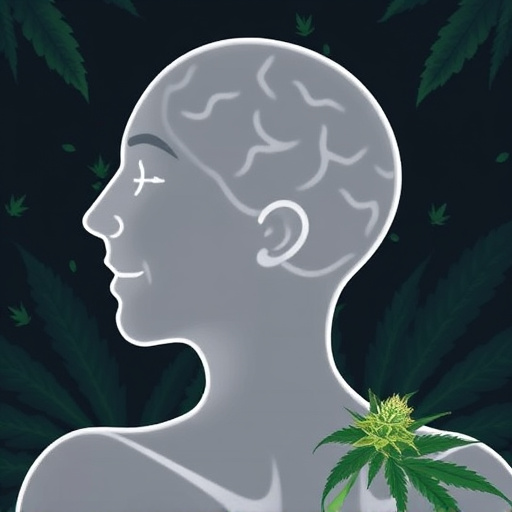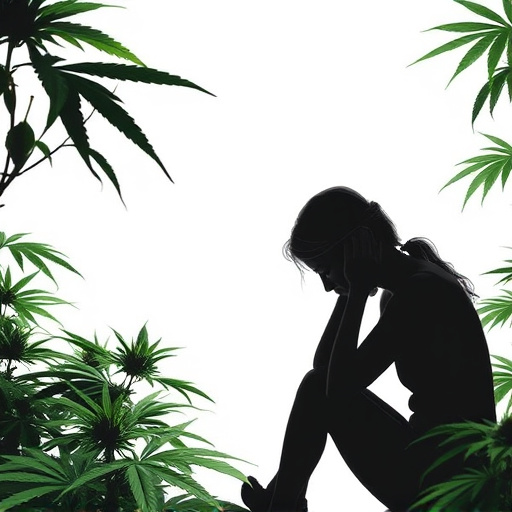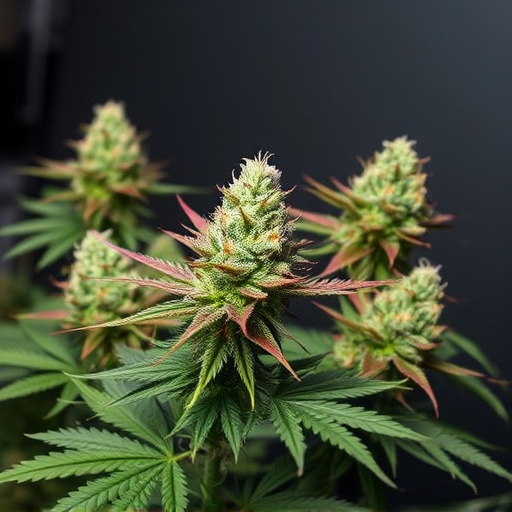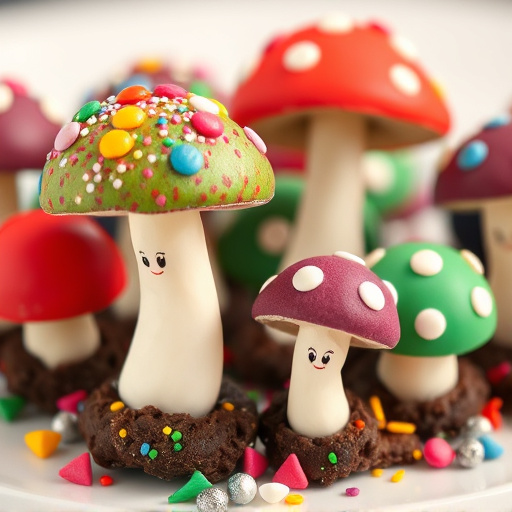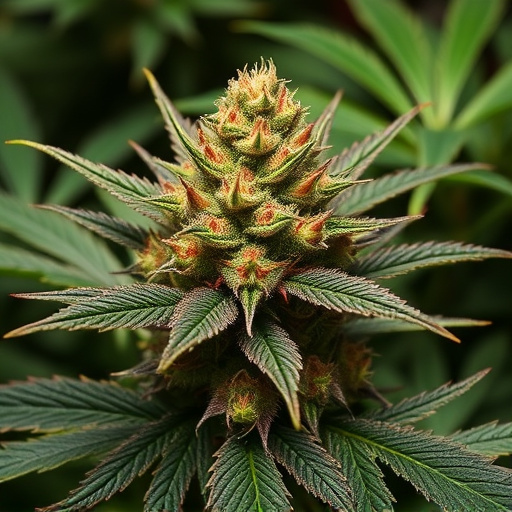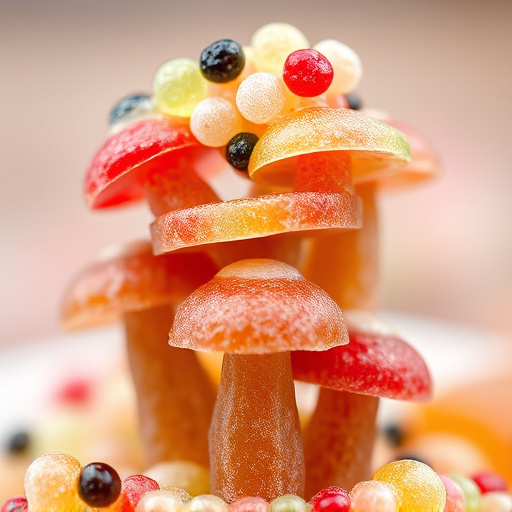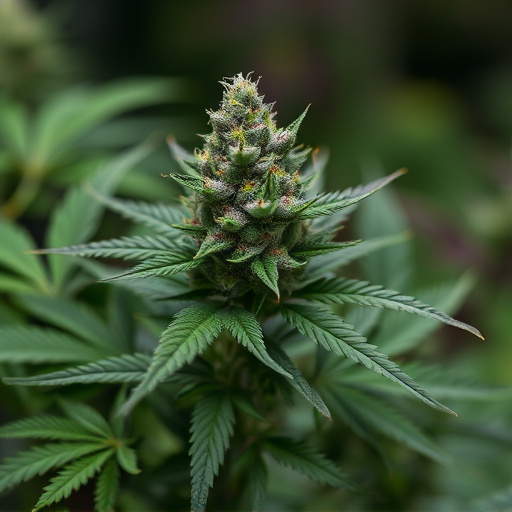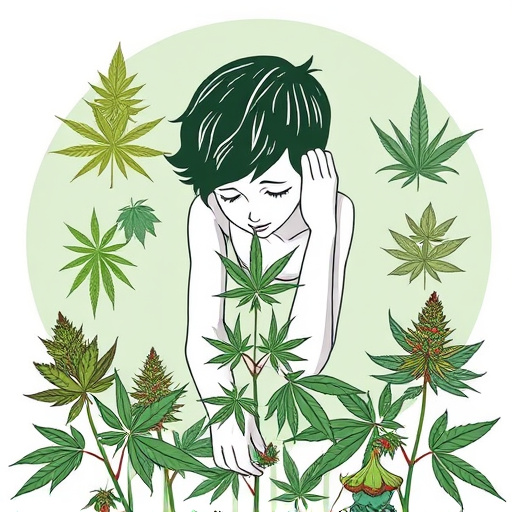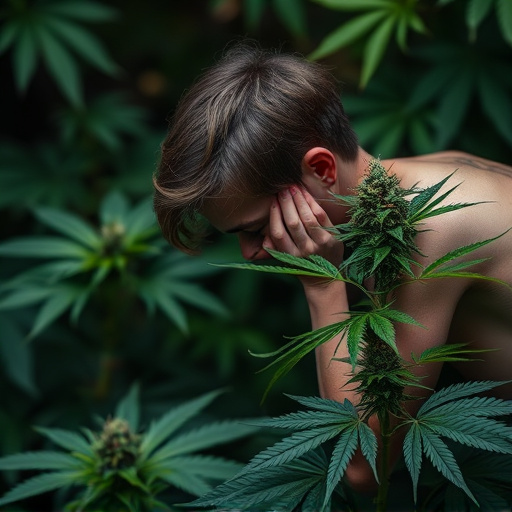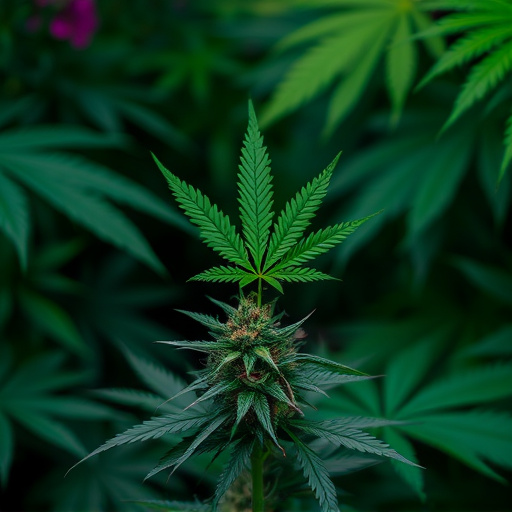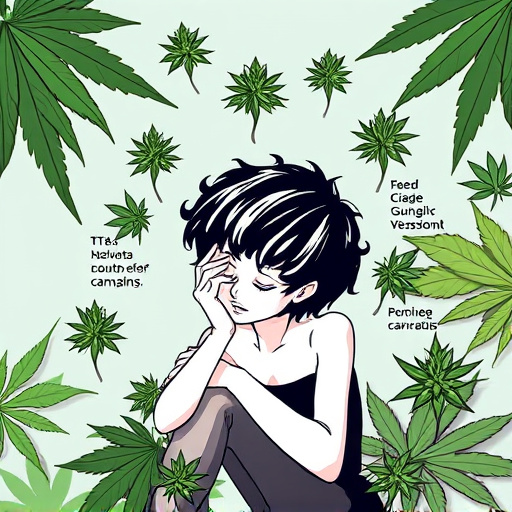Cannabis potency testing is key for consumers using cannabis as a complementary therapy for depression, ensuring they receive safe and effective products with consistent cannabinoid levels (especially THC and CBD). This helps patients make informed decisions about strains, which vary in therapeutic properties based on their unique cannabinoid and terpene profiles. High-THC strains can be potent mood lifters but should have balanced CBD; ideal ratios around 1:1 or higher between THC and CBD maximize anti-depressant benefits while minimizing anxiety. Terpenes further enhance these effects by interacting with cannabinoids, making terpene profiles an important consideration for managing depression.
Learn how to check cannabis flower for potency, a crucial aspect in ensuring quality and efficacy, especially for managing conditions like depression. This guide explores cannabis potency testing, from understanding key metrics like THC and CBD levels to the equipment and techniques used. Additionally, we delve into the role of specific cannabis strains for depression, offering a holistic approach to treatment through potency analysis.
- Understanding Cannabis Potency Testing
- Equipment and Techniques for Analysis
- Cannabis Strains for Depression: A Potency Perspective
Understanding Cannabis Potency Testing
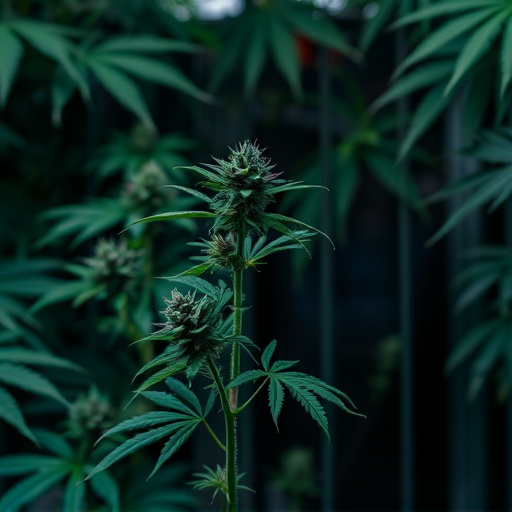
Cannabis potency testing is a crucial process that ensures consumers receive products with consistent and safe levels of cannabinoids, such as THC and CBD. This testing is particularly important for cannabis strains used for medicinal purposes, including those targeting depression. Understanding potency allows patients to make informed decisions about their treatment, ensuring they get the right dosage and desired effects.
Depression is a complex condition, and cannabis has emerged as a potential complementary therapy. Different cannabis strains offer various profiles of cannabinoids and terpenes, each with unique therapeutic properties. Potency testing helps identify strains that may provide relief for depression symptoms by measuring the concentration of key compounds. This knowledge empowers users to choose strains that align with their specific needs, whether they prefer high CBD for its potential anxiety-reducing effects or a balanced THC:CBD ratio for mood elevation and relaxation.
Equipment and Techniques for Analysis
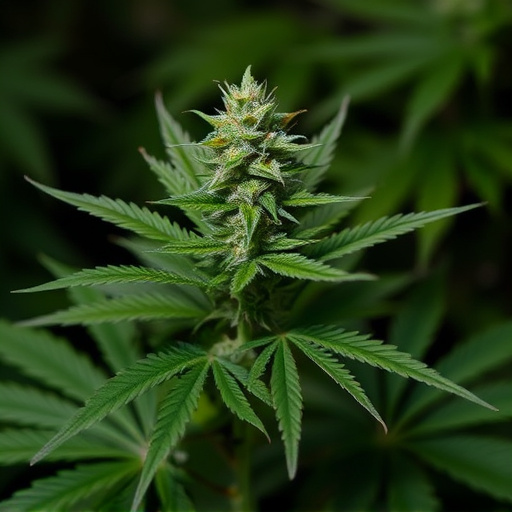
Checking the potency of cannabis flowers is a crucial step in ensuring that consumers get the desired effects, especially when using strains for specific conditions like depression. To analyze cannabis, growers and enthusiasts often employ various techniques and specialized equipment. One common method involves using a gas chromatograph (GC) to separate and measure different cannabinoids present in the plant matter. This advanced technology allows for precise quantification of THC, CBD, and other compounds, providing valuable insights into the strain’s chemical profile.
Additionally, spectrophotometry is another powerful tool that measures light absorption properties of cannabinoids. This non-destructive technique can be performed in-house with a simple spectrophotometer, enabling quick assessments without the need for lab settings. For those interested in understanding cannabis strains for depression or other medical uses, mastering these equipment and techniques offers a deeper dive into the science behind potency analysis, ultimately aiding in making informed decisions about one’s well-being.
Cannabis Strains for Depression: A Potency Perspective
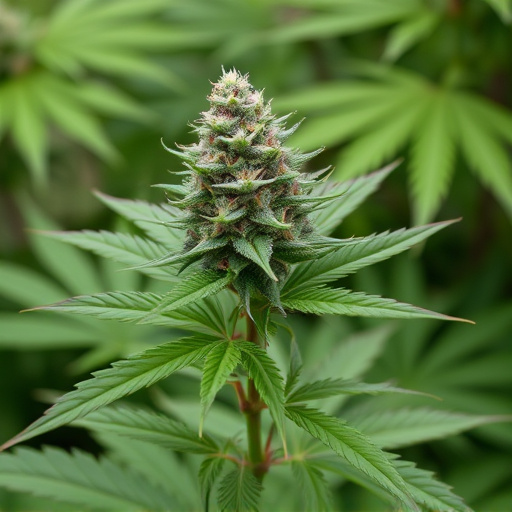
When it comes to cannabis strains for depression, potency plays a significant role in their effectiveness. Different strains have varying levels of cannabinoids like THC and CBD, which are known to interact with the body’s endocannabinoid system to lift mood and reduce symptoms. High-THC strains, typically with THC levels above 15%, are often recommended for treating depression due to their powerful psychotropic effects. However, it’s crucial to balance this with higher CBD content, as CBD can mitigate some of THC’s side effects and enhance its therapeutic benefits.
Cannabis strains for depression should ideally have a ratio of around 1:1 or greater between THC and CBD. This balance allows for optimal mood elevation while minimizing anxiety or paranoia that high THC levels may induce. Additionally, certain terpenes found in cannabis—such as myrcene, limonene, and linalool—can further enhance the anti-depressant effects by interacting with cannabinoids and modulating brain activity. When checking cannabis flower for potency, it’s important to look not only at cannabinoid profiles but also at terpene compositions to ensure a strain that aligns effectively with managing depression symptoms.
When it comes to using cannabis for managing symptoms of depression, understanding potency is key. Through proper testing methods utilizing advanced equipment and techniques, consumers can ensure they’re obtaining the right balance of cannabinoids for their needs. By exploring specific cannabis strains known for their antidepressant properties, individuals can make informed decisions based on potency data, enhancing their overall well-being and quality of life.
